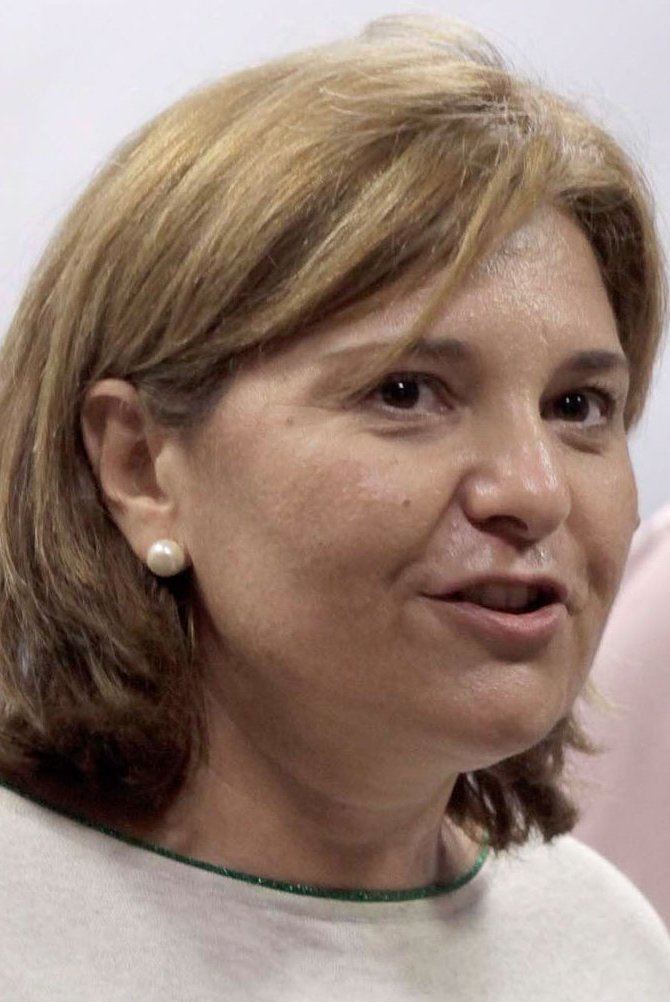28 July 2015 31 March 2012 31 seats, 26.6% 23 seats, 20.6% 31 23 Date 2019 | 31 March 2012 31 January 2015 23 seats, 20.6% 19 seats, 18.5% 23 19 | |
 | ||
The next Valencian parliamentary election will be held no later than Sunday, 23 June 2019, to elect the 10th democratically elected Corts Valencianes, the regional legislature of the Spanish autonomous community of the Land of Valencia. All 99 seats in the Corts will be up for election.
Contents
The election will be held after the first regional left-wing government in two decades came to power as a result of the 2015 election, where the People's Party of the Valencian Community (PPCV) suffered a spectacular collapse of popular support.
Electoral system
The number of seats in the Valencian Courts is set to a fixed-number of 99. All Courts members are elected in 3 multi-member districts, corresponding to the Valencian Community's three provinces, using the D'Hondt method and a closed-list proportional representation system. Each district is entitled to an initial minimum of 20 seats, with the remaining 39 seats allocated among the three provinces in proportion to their populations, on the required condition that the number of inhabitants per seat in each district does not exceed 3 times those of any other. For the upcoming election, seats are distributed as follows: Alicante (35), Castellon (24) and Valencia (40).
Voting is on the basis of universal suffrage in a secret ballot. Only lists polling above 5% of valid votes in all of the community (which include blank ballots—for none of the above) are entitled to enter the seat distribution. This means that in the case a list polls above 5% in one or more of the districts but below 5% in the community totals, it will remain outside of the seat apportionment.
Latest possible date
The next parliamentary election cannot be held later than Sunday 23 June 2019. This date is determined as follows:
Background
The 2015 regional election had resulted in the People's Party of the Valencian Community (PPCV) expulsion from the regional government after a 20-year uninterrupted rule. Amid a string of corruption scandals that kept shocking the party and brought down many of its historical leaders and icons, apparently involved in the scandals, the PP found itself leaderless and in a precarious situation.
'Operation Taula', a major police operation in Valencia that took place on 26 January 2016, resulted in the arrest of several former and current high-ranking members from the regional PP branch, as a consequence of the ongoing investigation on the PP's corruption in the region during its time in government. Judicial investigation also pointed to former long-time Mayor of Valencia Rita Barberá as a participant in the scandal; her arrest or imputation only being prevented by the fact she had legal protection as an incumbent senator. A few days later, on 1 February, all PP city councillors in the city of Valencia were charged for a possible money laundering offense, including new local party leader Alfonso Novo, as well as most members of Barberá's late government.
Voices within the Valencian PP pointed to the party's refoundation in the region as a regionalist party, in order to try to distance itself as much as possible from the PPCV's past. Interim party leader Isabel Bonig claimed for an extraordinary party congress to be held to rethink the structure and future of the party in the Valencian Community, emphazising its Valencian roots.
Opinion polls
Individual poll results are listed in the table below in reverse chronological order, showing the most recent first, and using the date the survey's fieldwork was done, as opposed to the date of publication. If such date is unknown, the date of publication is given instead. The highest percentage figure in each polling survey is displayed with its background shaded in the leading party's colour. In the instance of a tie, the figures with the highest percentages are shaded. in the case of seat projections, they are displayed in bold and in a different font. The lead column on the right shows the percentage-point difference between the two parties with the highest figures. 50 seats are required for an absolute majority in the Cortes Valencianes.
